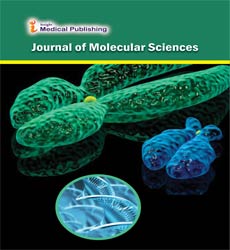The Application of an Indigenous Polymer for the Plastination of teaching Anatomical and Biological Specimens
Abstract
Plastination was fabricated in 1978 by Dr. Gunther Von Hagens at the University of Heidelberg,, Germany, which Kept for the good conservation of anatomical and biological material. The present goal was to utiliz a cost- effective plastination polymers as compared to the standard S10 technique using silicone polymers. The S10 is the original silicone polymer used for the preparation of plastinated specimens and whole dissecting body. . Specimens were fixed in formalin 10%, dehydrated and decreasing in acetone, and at last,impregnated by local commercial unsaturated polyester resin and ultimately hardening at 50 °C temperature.
The plastinated specimens were clean, durable ,odorless ,portable and non-toxic ,it can be kept for long durations without any changes .The usage of widespread S10 silicon method is high costs so with the aid of using indigenous chemicals it is possible to produced low costs anatomical models for education and for studying anatomy.
Open Access Journals
- Aquaculture & Veterinary Science
- Chemistry & Chemical Sciences
- Clinical Sciences
- Engineering
- General Science
- Genetics & Molecular Biology
- Health Care & Nursing
- Immunology & Microbiology
- Materials Science
- Mathematics & Physics
- Medical Sciences
- Neurology & Psychiatry
- Oncology & Cancer Science
- Pharmaceutical Sciences
